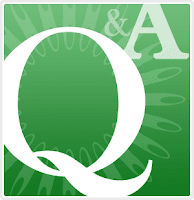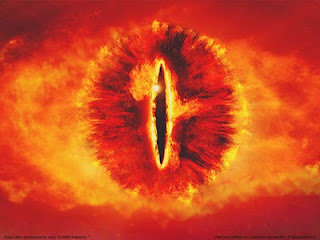
I revisited the Dodge Theatre last night. It was for an incredible night of music. Fusion as defined by Merriam Webster. The Phoenix Symphony performing the music of Queen and Led Zeppelin. Not as bizarre as it sounds. They had vocals, base and lead guitar, electric violin, and the most incredible set drummer! All supported by the richness of the symphony. I must say it was the first time I had ever seen a symphony conductor leap and jump into the air!
What was even more significant, for me personally, was that I could enjoy myself. You see, I have had a negative association with the Dodge Theatre. I had received my diagnosis of breast cancer (ILC - later to find out its Stage III) just hours before I attended a YES concert there back in July, 2009. At the time, my husband kept asking: Are you sure you want to do this? We can find someone to take the tickets! I was adamant. I wanted normalcy. I had been looking forward to this concert for months. Besides, I am singly most happy when I am at live concerts. (Which, hopefully, explains my 4 Stones concerts during their Big Bang tour that I attended in two different states. I know, the word groupie comes to mind...but that is the stuff of another TMZ moment!)
So I went.
So, it was an emotional disaster.
First mistake. The 3 double Cosmopolitans I drank in fairly short order.
Second mistake. Underestimating the emotional effect that music can have.
Look around - Got no place to stay.
God I hate this town, depending on the day.
You look me up, you look me down - Alright, OK.
While I got no life, I got no hope;
I'm falling in love.
Help me through the fight;
Help me win tonight - I'm calling.
What to do I find it hard to know;
The road I walk is not the one I chose
Lift me up and turn me over;
Lead me on into the dawn.
Take me to the highest mountain;
Tie me up, love in a storm.
Have you decided on my fortune?
Facing the future in your eyes,
With your imperial behaviour
We fight amidst the battle cries.
Open doors - They may be closed to me;
The fire's still burning in my heart...
What to do I find it hard to know;
I want to turn my life around...
Those lyrics, plus having a bladder the size of walnut, sent me into the ladies room where I had a complete emotional breakdown. The brunt of this breakdown borne by a dear friend whom I woke up two time zones away. Damn cell phones!
I have not wanted to remember this moment of vulnerability, because it was just that...a moment of vulnerability. (I do not do well flaunting my vulnerabilities.)
It was a moment of base, raw emotion -- fear / anger / hostility / desperation / despair all rolled into a maelstrom of unplugged emotion (forgive the concert pun). I did not want to remember how much I scared my poor husband, disappearing on him like that; or the horrific car ride home I had inflicted upon him.
It was all so primal that I was not ready to claim it until last night.
Interestingly, or trite...depending on your personal level of cynicism, it was a set of back-to-back songs that allowed me to make peace with myself regarding my prior indulgence. And both belonged to Queen.
There's no time for us
There's no place for us
What is this thing that builds our dreams
Yet slips away from us
Who wants to live forever?
Who wants to live forever.....?
There's no chance for us
It's all decided for us
This world has only one sweet moment
Set aside for us
Who wants to live forever?
Who wants to live forever.....?
Who dares to love forever
When love must die?
But touch my tears with your lips
Touch my world with your fingertips
And we can have forever
And we can love forever
Forever is our today
Who wants to live forever?
Who wants to live forever?
Forever is our today
Who waits forever anyway?
Is this the real life?
Is this just fantasy?
Caught in a landslide,
No escape from reality
Open your eyes, Look up to the skies and see,
I'm just a poor boy, I need no sympathy,
Because I'm easy come, easy go, Little high, little low,
Any way the wind blows doesn't really matter to me, to me
What can I say? I am a child of the '70s who has always taken refuge and found self-forgiveness in prose, lyrics and rock 'n roll.
This time when I left the Dodge Theatre I did so without needing to be supported. But enjoying the long-haired crowd, humming Stairway to Heaven (no kidding, it was the final song!) and enjoying the full moon illuminating the 65 degree night-time in the desert.







